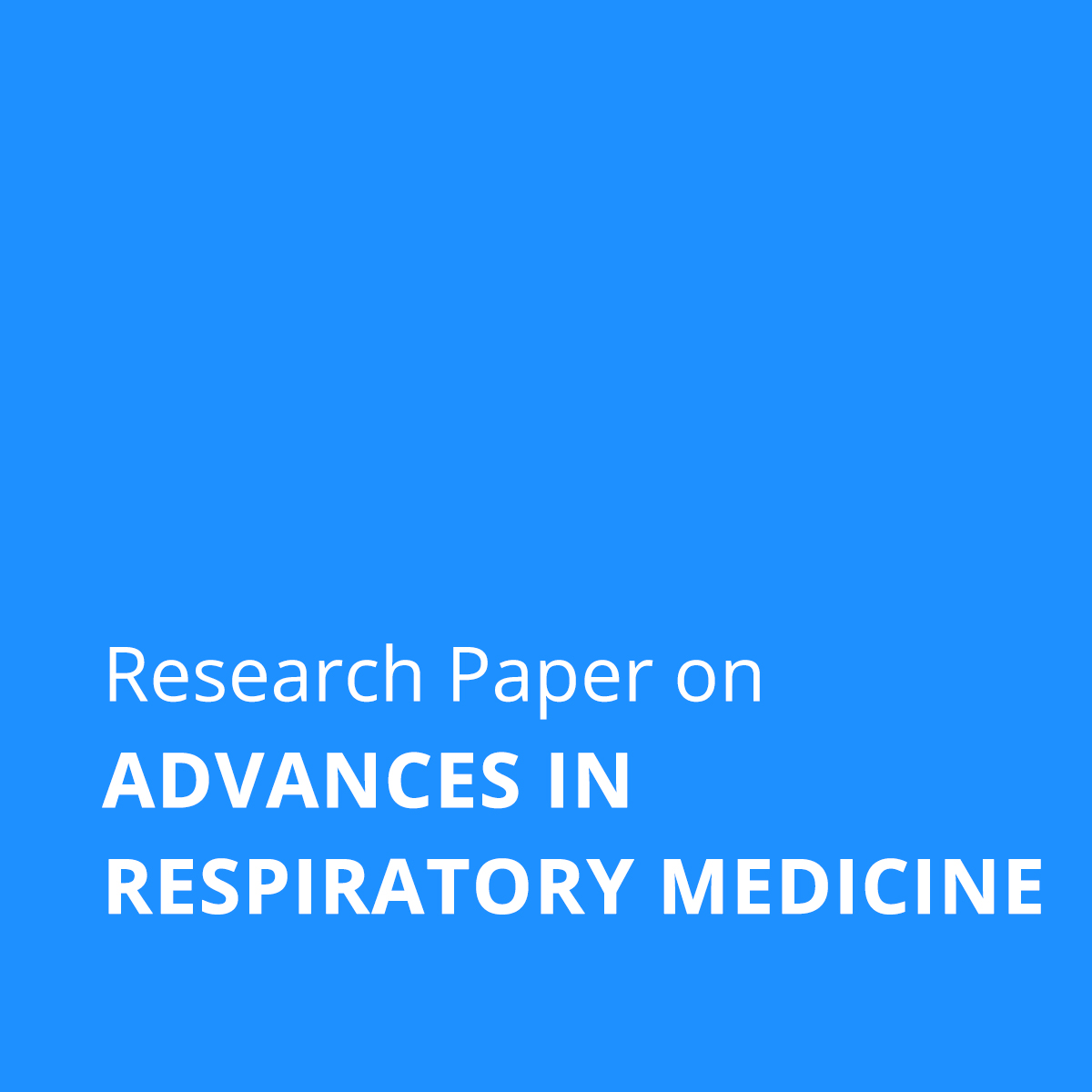Description
Title: Adults with pulmonary Langerhans’ cell histiocytosis
Abstract: The disorder known as pulmonary Langerhans’ cell histiocytosis (PLCH) is characterized by the invasion of the lungs and other organs by bone marrow-derived Langerhans’ cells that have BRAF gene mutations as well as/or NRAS, KRAS, and MAP2K1 gene mutations. Without a gender bias, young smokers are the group most likely to experience it. The disease is characterized by the formation of eosinophilic granulomas and the invasion and destruction of distal airways by Langerhans cells. The diagnosis of PLCH benefits greatly from the use of high-resolution computed tomography of the chest (HRCT). Small intralobular nodules, which frequently form “tree in bud” lesions, cavitated nodules, and frequently confluent thin- and thick-walled cystic lesions are the typical radiological features of PLCH. A definitive diagnosis requires the discovery of distinctive lesions during a histological examination as well as immuno histochemistry evidence of antigen CD1a or CD207 presenting cells. The most crucial recommendation for PLCH patients is to stop smoking. There are no data that are supported by evidence for systemic steroid therapy. As a salvage therapy, cladribine or cytarabine are used to treat progressive PLCH. Over 85% of patients have a good prognosis and live for at least 10 years.
Keywords: The disorder known as pulmonary Langerhans’ cell histiocytosis (PLCH) is characterized by the invasion of the lungs and other organs by bone marrow-derived Langerhans’ cells that have BRAF gene mutations as well as/or NRAS, KRAS, and MAP2K1 gene mutations. Without a gender bias, young smokers are the group most likely to experience it. The disease is characterized by the formation of eosinophilic granulomas and the invasion and destruction of distal airways by Langerhans cells. The diagnosis of PLCH benefits greatly from the use of high-resolution computed tomography of the chest (HRCT). Small intralobular nodules, which frequently form “tree in bud” lesions, cavitated nodules, and frequently confluent thin- and thick-walled cystic lesions are the typical radiological features of PLCH. A definitive diagnosis requires the discovery of distinctive lesions during a histological examination as well as immuno histochemistry evidence of antigen CD1a or CD207 presenting cells. The most crucial recommendation for PLCH patients is to stop smoking. There are no data that are supported by evidence for systemic steroid therapy. As a salvage therapy, cladribine or cytarabine are used to treat progressive PLCH. Over 85% of patients have a good prognosis and live for at least 10 years.
Paper Quality: SCOPUS / Web of Science Level Research Paper
Subject: Advances in Respiratory Medicine
Writer Experience: 20+ Years
Plagiarism Report: Turnitin Plagiarism Report will be less than 10%
Restriction: Only one author may purchase a single paper. The paper will then indicate that it is out of stock.
What will I get after the purchase?
A turnitin plagiarism report of less than 10% in a pdf file and a full research paper in a word document.
In case you have any questions related to this research paper, please feel free to call/ WhatsApp on +919726999915


Reviews
There are no reviews yet.